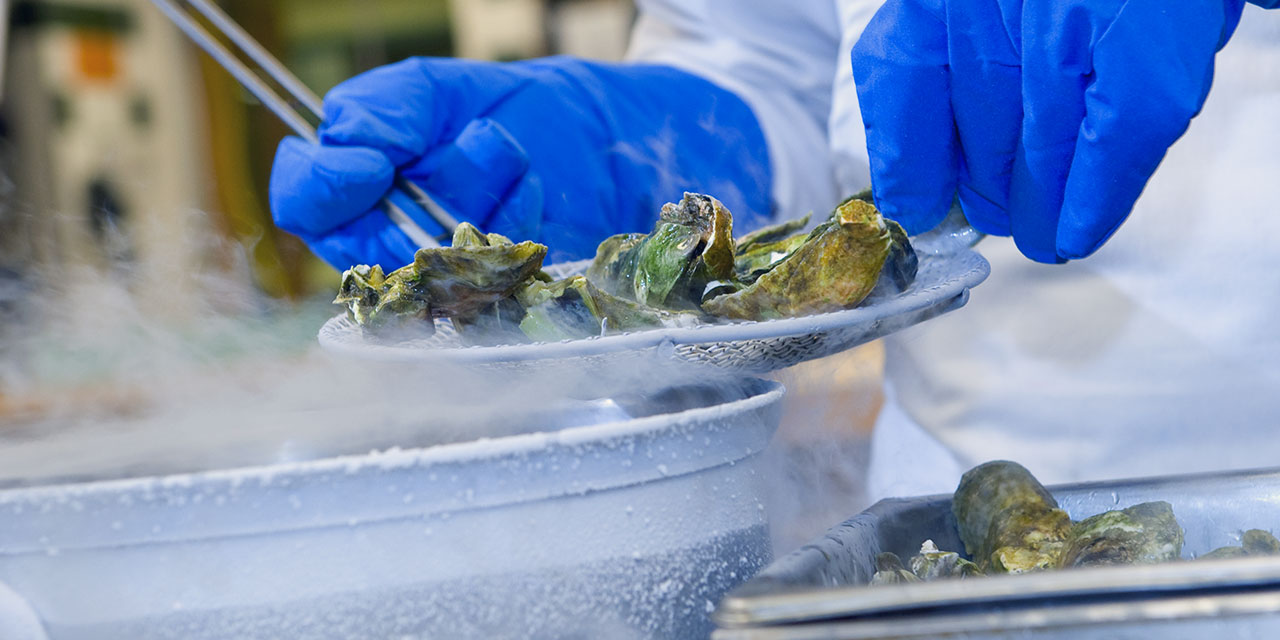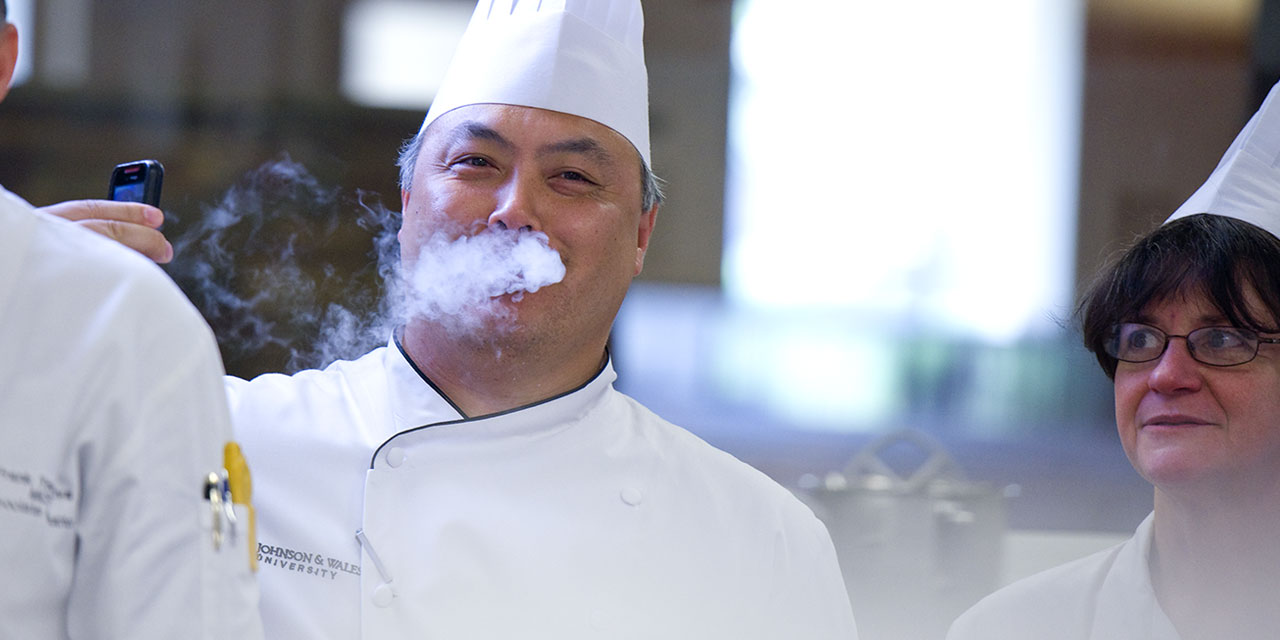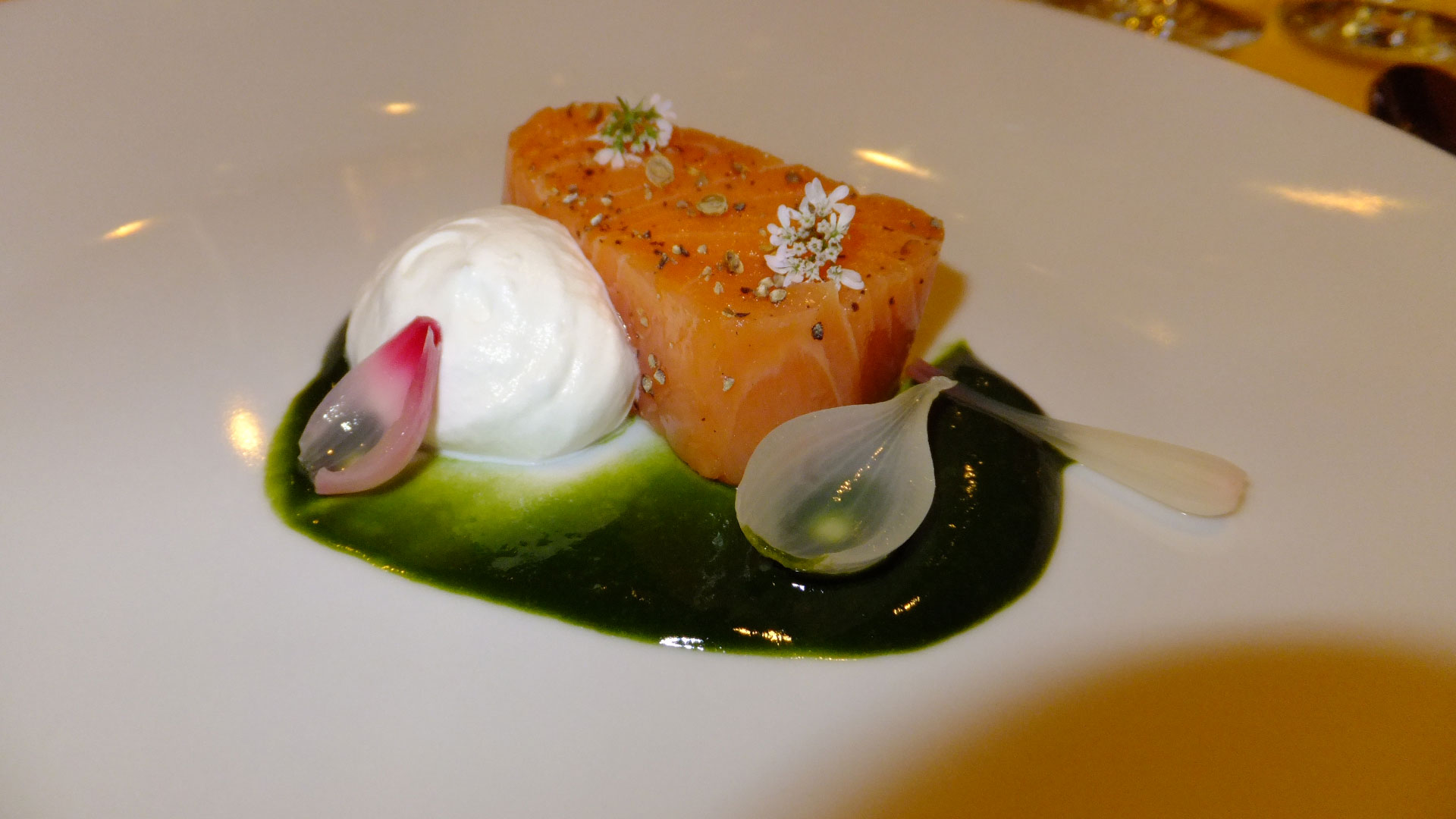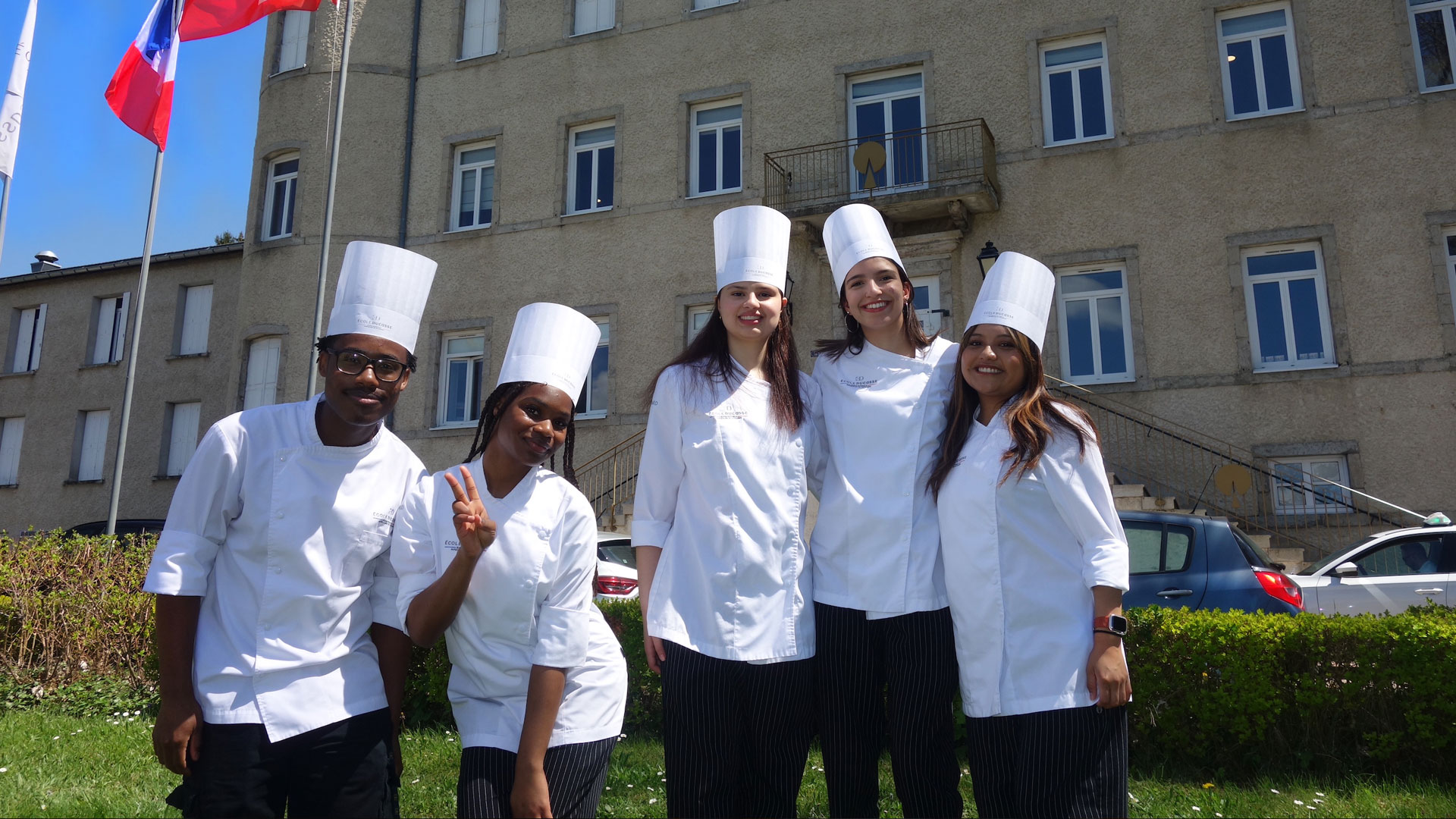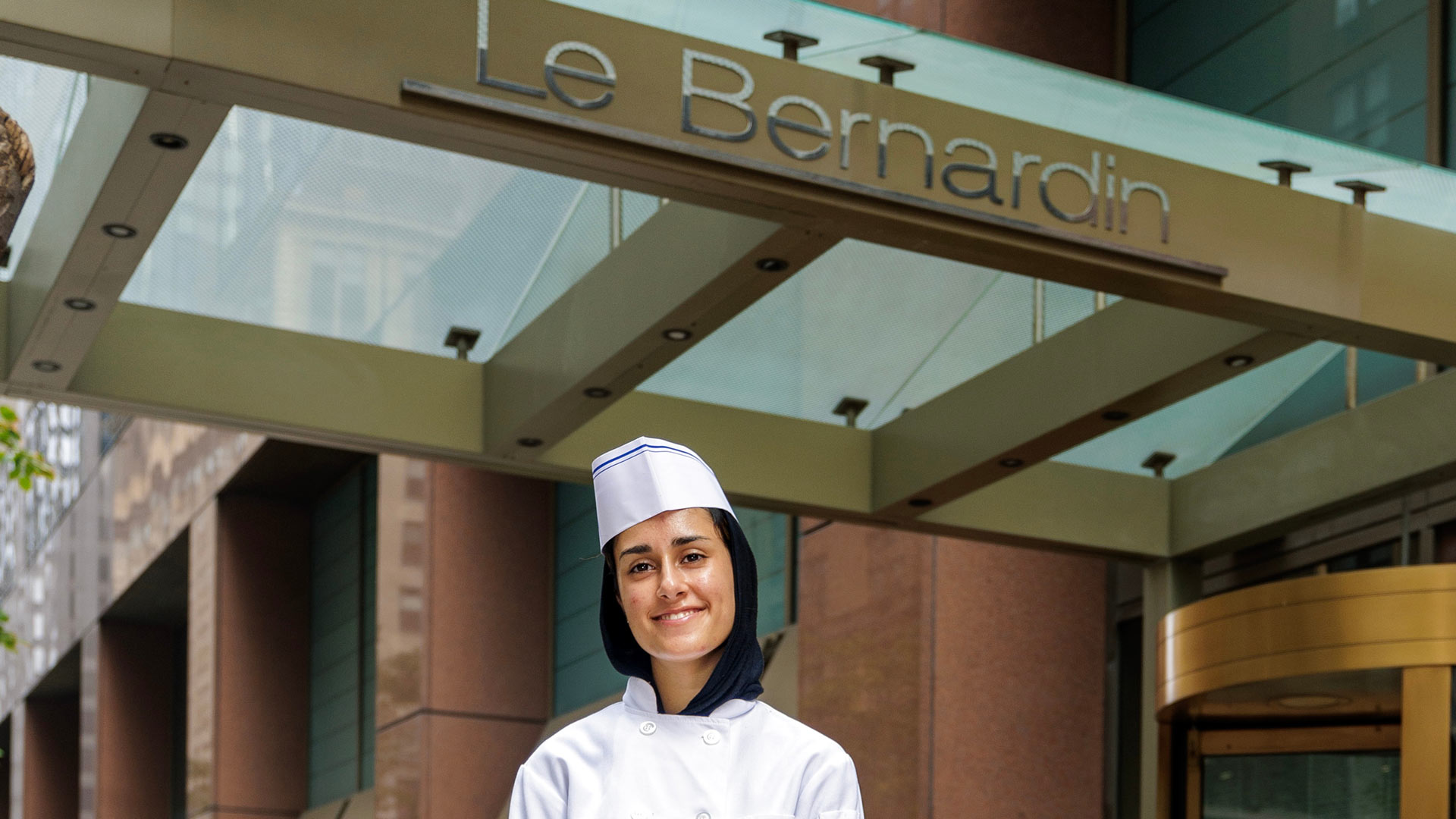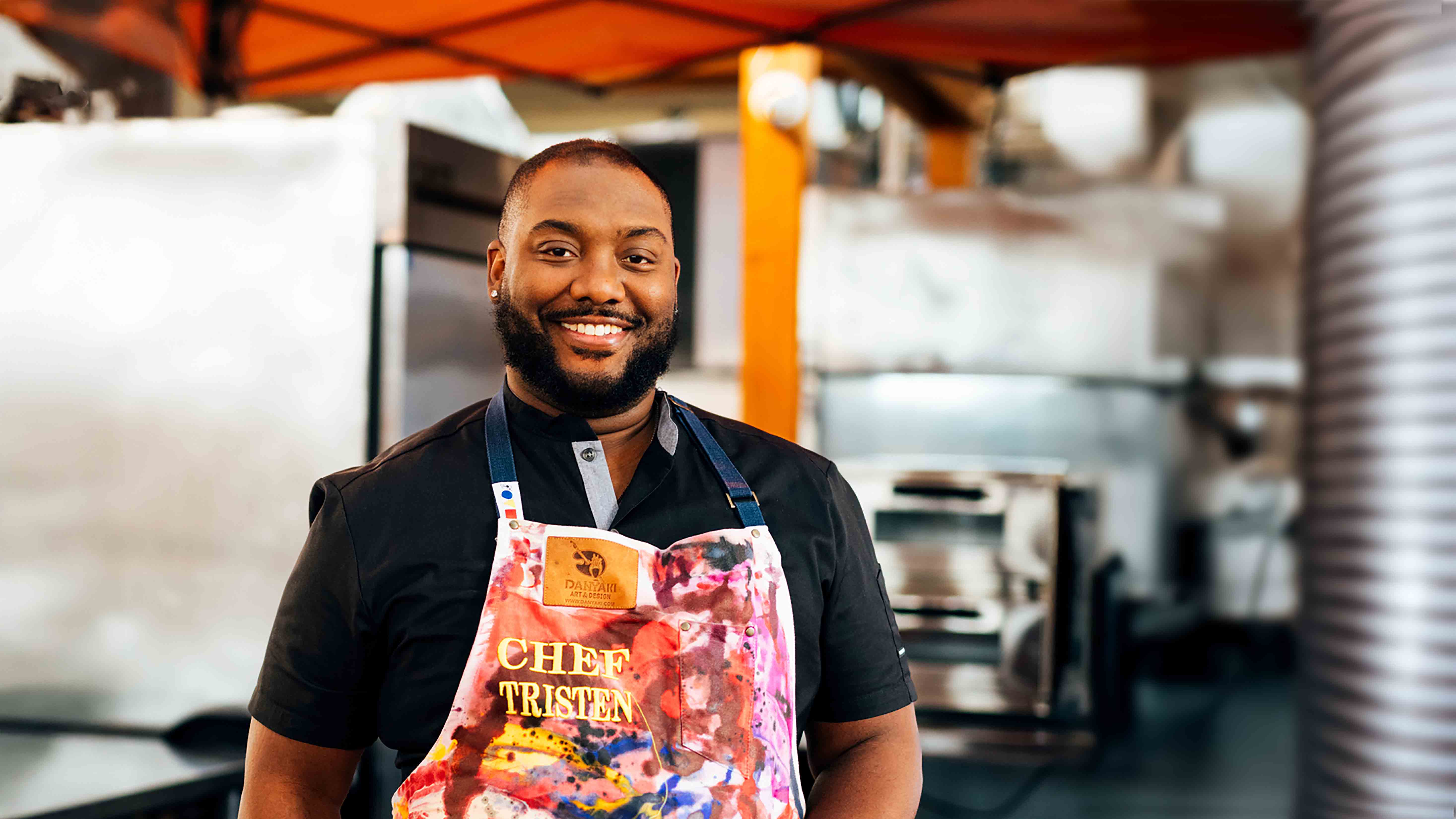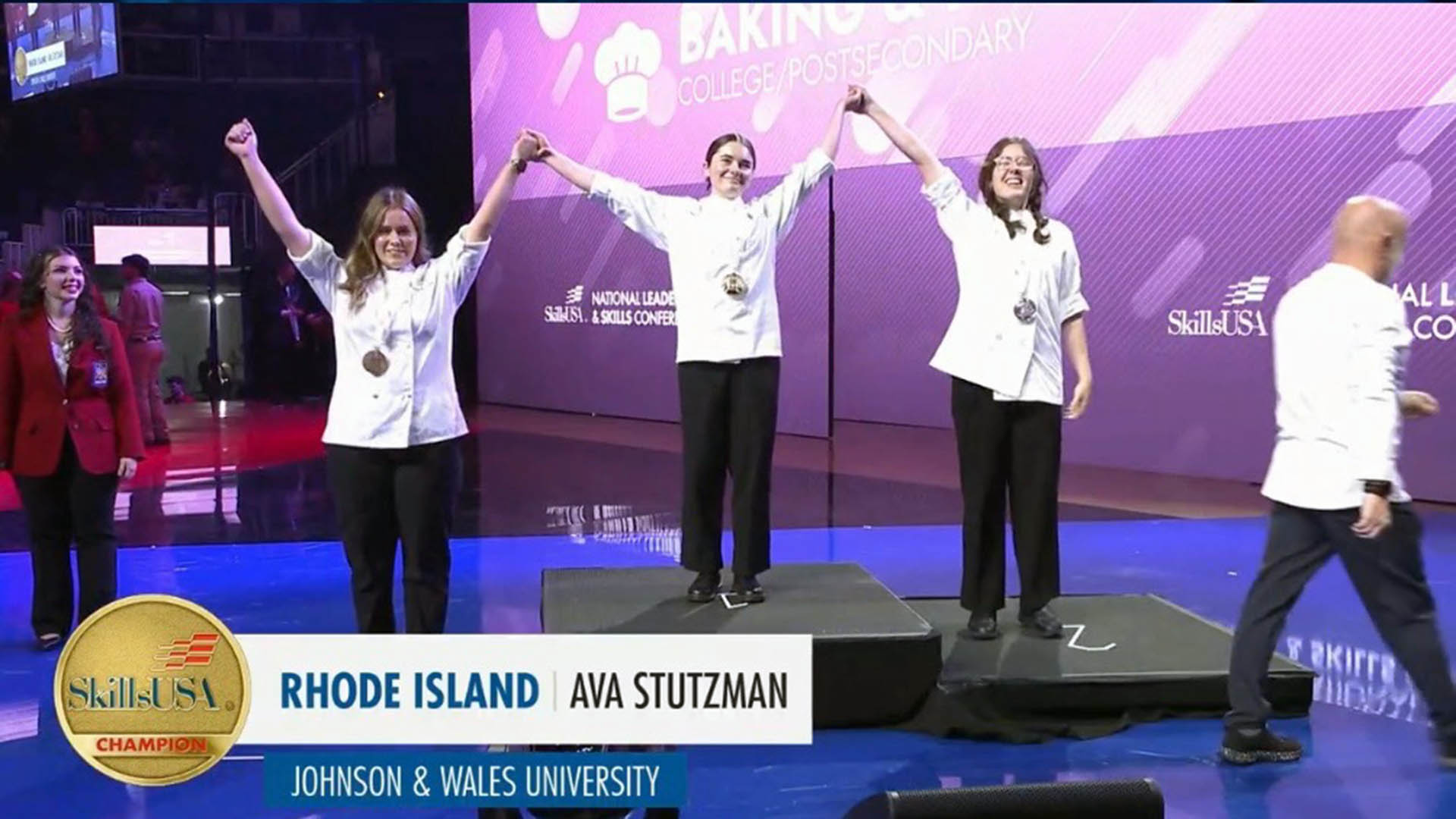Modernist Cuisine 101: The Evolution of Future Food
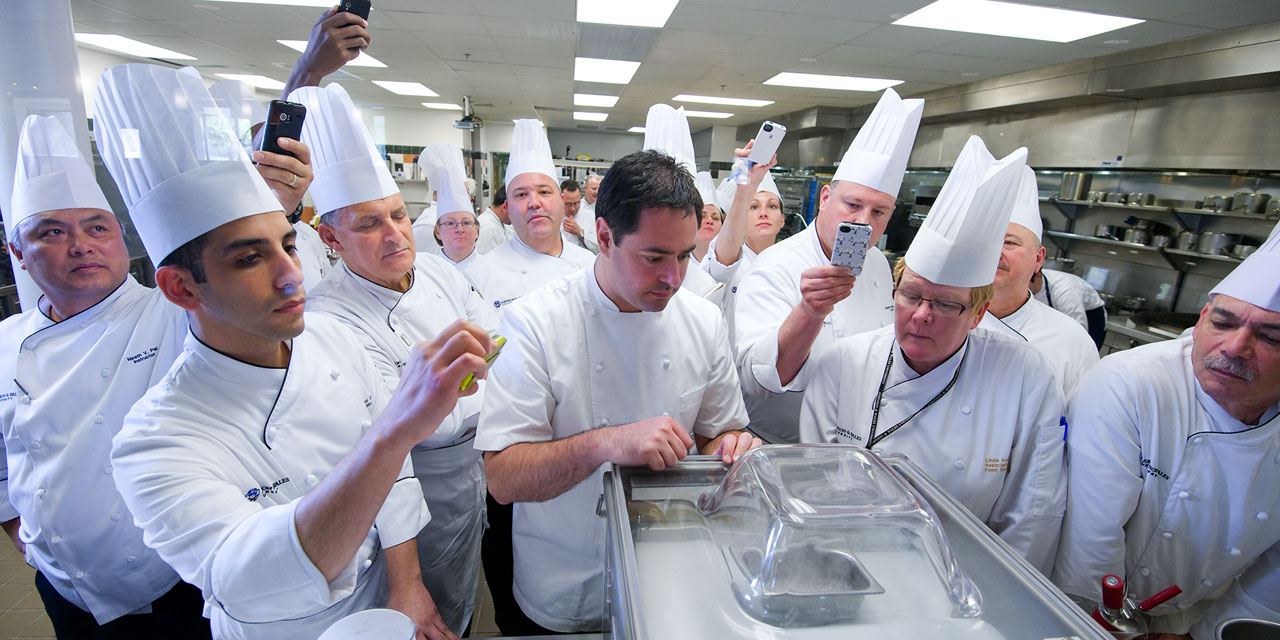
The science of how cooking works is a crucial aspect of every JWU student’s culinary education — in fact, it’s a core component of our Foundation courses.
But with an interest in so-called “modernist cuisine” (“molecular gastronomy” is also common) on the rise — nearly every one of our campuses has a Modernist Cuisine Club — we decided to explore the history of this revolutionary and deeply technical style of cooking.
To do so, we asked
- Chris Young, chef, biochemist and co-founder of ChefSteps
- Harold McGee, author of “On Food and Cooking: the Science and Lore of the Kitchen” (1984)
- Sean Brock '00, '14 Hon., Audrey/Joyland
- Sam Mason, Oddfellows/Lady Jay’s Brooklyn
- David Kinch '81, '14 Hon., Manresa/Bywater/Manresa Bread/Mentone
to tell us about its evolution — and why a broad foundation that balances science with classic techniques is crucial for the next generation of chefs.
From Humble Beginnings
What is modernist cuisine? How did it evolve? Is it the same as molecular gastronomy, a term that critics align with the deeply technical style of cooking associated with such globally acclaimed avant-garde chefs as Spain’s Ferran Adrià, New York City’s Wylie Dufresne '07 Hon. and Chicago’s Grant Achatz?
The term “molecular gastronomy” was first coined in 1992 as the title of a scientific workshop held in Erice, Italy, cochaired by Oxford physicist Nicholas Kurti, French chemist Hervé This, Berkeley, Calif., educator-chef Elizabeth Cawdry Thomas and Harold McGee, whose influential 1984 book “On Food and Cooking” is widely regarded as an essential text for anyone interested in the science of cooking.
“We’re looking at water and heat as ingredients in a very detailed way.” Chris Young
“Erice normally hosted significant talks on physics and chemistry,” explains Young. “Kurti wanted a term that seemed serious enough for the posters.”
Although the media quickly latched onto the label as shorthand to describe chefs using innovative techniques — much to the dismay of academics and chefs alike — the Erice conferences positively influenced a whole generation of chefs looking to explore new possibilities in the kitchen.
McGee watched this paradigm shift with interest: “When my book came out a lot of the attention was more novelty value,” he notes. “But I gradually started hearing from chefs who were grateful for hard facts.”
Pioneer Days
Part of that first wave, Sam Mason began his education at JWU and continued it as part of wd~50’s opening team. Back in 2003, when he and Dufresne were experimenting with new techniques to use in the New York restaurant [which closed in 2014], there were very few books — and certainly no Internet resources — to help them.
“We were reading all these heavy science books to try to work out all the dishes we wanted to put on the menu,” he says of those pioneer days. “We used to get one-pound samples of modernist ingredients [instead of the tiny amounts needed] because the laboratory supply companies didn’t know how to supply to us.”
Although he and Dufresne loved the sense of freedom and discovery that operating without a safety net afforded them — “We came up with applications that no one had ever seen,” Mason recalls — being part of the discovery phase brought its own challenges. “It was exciting to learn on our own, but we had a lot of help.”
Two chefs who stepped in to assist were Heston Blumenthal, chef-owner of acclaimed UK restaurant The Fat Duck, and Chris Young, The Fat Duck’s head of culinary research and development, both of whom had been tinkering with modernist techniques in the restaurant’s experimental laboratory.
In 2007, Young returned to the US to collaborate with former Microsoft chief technology officer Nathan Myhrvold on the book that would become “Modernist Cuisine.” They chose the title to help push public perception beyond the focus on flashy sci-fi techniques — gels, foams, foods disguised as other foods — and more toward the underlying science of everyday cooking.
Young considers the work a distillation of McGee’s “On Food and Cooking,” expanding its laser-precise explanations into step-by-step visualizations of the physical and chemical reactions that most cooks take for granted, such as searing meat, frothing egg whites or emulsifying mayonnaise.
“These days, you don’t go to culinary school just to become a chef. There are so many different areas you can go into.”
New Perspectives on Cooking
Young is quick to assert that the majority of the techniques put under the microscope in “Modernist Cuisine” have been in use for hundreds, if not thousands, of years. What’s (relatively) new is delving more deeply into the science behind them.
“We’re looking at water and heat as ingredients in a very detailed way,” Young explains. “Heat is how we transform food, yet the way it actually works is deeply misunderstood by many chefs because it’s never been taught.”
He cites a common example: “Chefs talk about ‘moist’ cooking versus ‘dry’ cooking. To a physicist that’s a meaningless distinction. What you’re really bringing in is the idea of humidity, but nobody talks about the implications that has on heat transfer or how seemingly similar techniques can yield different results.”
Water is an equally potent force, “not only because it creates humidity, but because food is pretty much water with a bunch of impurities in it,” Young says. “Carrots are a testament to nature’s ability to engineer structure out of a liquid. One carrot has as much water in it as a glass of milk — roughly 88% water and 12% other stuff.”
How much water is in a vegetable (or a piece of protein) determines how you cook and use it. Understanding this concept goes to the heart of what makes cooking work.
Building Solid Foundations
How students will benefit from this a more solid foundation in science is up to them. “These days, you don’t go to culinary school just to become a chef,” says Mason. “There are so many different areas you can go into — food science, R & D — and kids today are so much more receptive to the possibilities.”
Although Mason was largely self-taught in modernist techniques, he acknowledges that students need a framework. “You really need someone to explain it to you. It has to be part of a curriculum, without a doubt.”
“Cooking in the 21st century should be about embracing technology and having the desire to constantly gather knowledge about the past and the future,” notes Sean Brock '00, '14 Hon., acclaimed chef-owner of Charleston’s McCrady’s and Husk, named Bon Appétit’s 2011 Best New Restaurant in America. (In 2020, Brock plans to open his Nashville flagship, Audrey.) “The more knowledge you have about the science of cooking, the more control you can have over the final product.”
In other words, science can help students become more efficient, consistent and creative in the kitchen. “Until you understand why you’re doing something, you can’t intelligently break the rules,” says Young.
At his restaurant Manresa, in Los Gatos, Calif., owner and chef David Kinch '81, '14 Hon. sees far too many interns who know how to use hydrocolloids but have neglected essential skills, like how to roast a perfect chicken.
Stressing that “those skills have to be second nature,” he cautions students against viewing some of the flashier modernist techniques as the solution to everything, or as an accelerated pathway to a personal style. “Abstract expressionists were all great realists before they forged a new style. You need a solid foundation first.”
“Even if students decide to do something the ‘simple way,’ their way of approaching cooking will have been changed by their exposure to modernist concepts,” says McGee. “The freedom of thinking is the most important thing.”
No matter what, says Brock, the goal should always be to make food that’s delicious. Ultimately, he says, “We need rustic food to comfort us and modern food to intrigue us.”
This article appeared in a slightly different form in the Fall 2012 issue of JWU Magazine.
